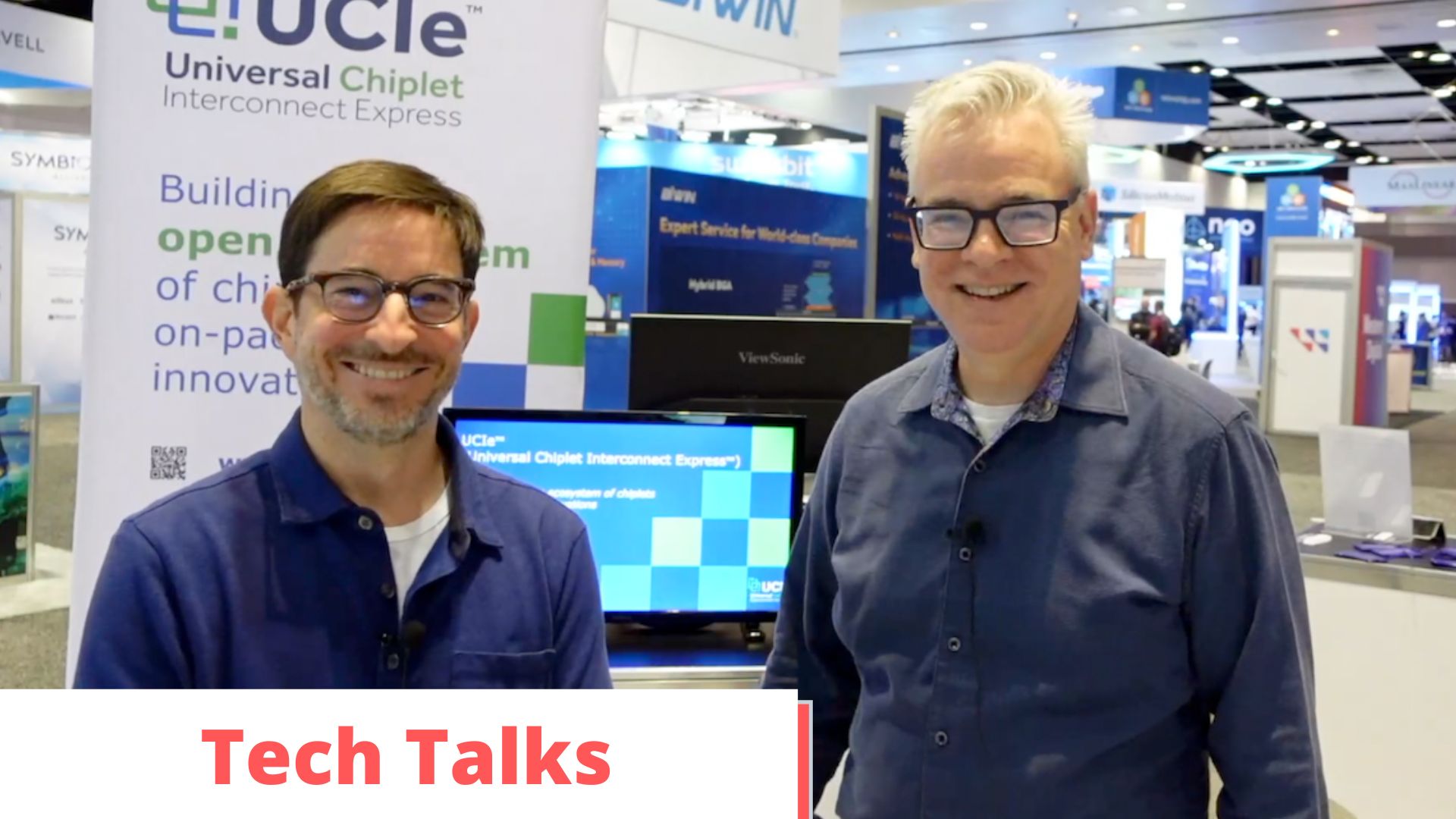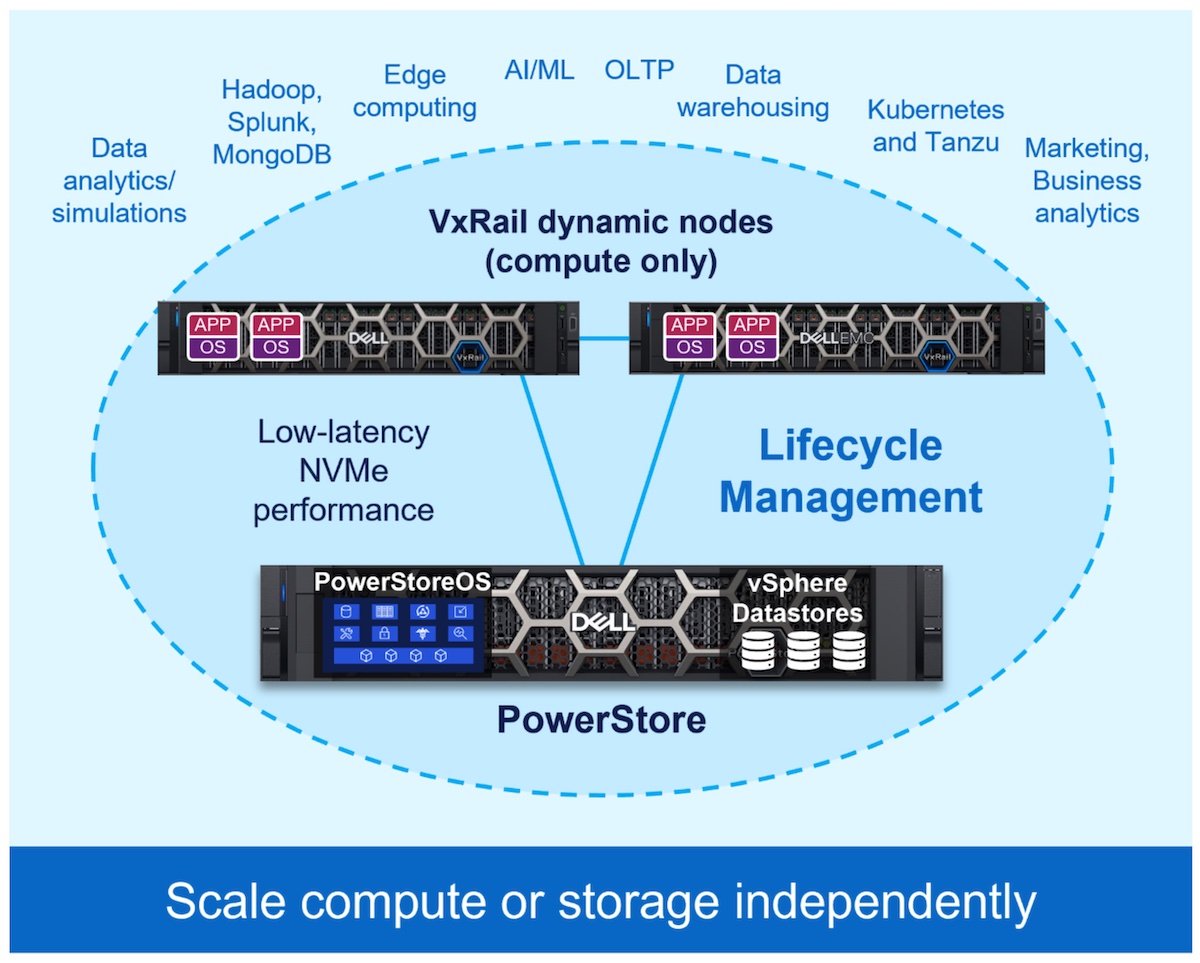When is a solution integrated and when is it a Frankenstein-like mashup of tangled tech? Apparently, that line is crossed when it’s your competitor’s offering…
In my time in the storage industry, I’ve seen enough franken-storage come and go to make me skeptical whenever a new “integrated” solution is announced. But a lot of this stuff works just fine, so I also know that integrated solutions aren’t always bad!
The latest industry blog flame war centers around NetApp’s recently-announced solid state storage solution, which pairs a V-Series NAS head and a Texas Memory Systems RamSan-500 flash storage system. Perhaps NetApp’s Val Bercovici did get a bit over-excited in his post on the topic, but he wasn’t just talking about the RamSan: He was laying out how NetApp’s WAFL technology can work in an SSD world, and using some recent performance test numbers on that solution as well as their PAM cache cards as an illustration of this.
The next thing you know, we have EMC’s Storagezilla and IBM’s Barry Whyte calling the company out for what they (and others. like Storagebod) see as an underwhelming product offering. That’s all well and good, and I’ll let the reader decide if NetApp’s moves warranted a press release, but now things have gotten uglier…
EMC’s Chuck Hollis called the whole RamSan idea to account, saying it was “Frankenstorage“, causing NetApp’s Alex MacDonald to engage in a little “I know you are but what am I” in reference to EMC’s CLARiiON/Celerra “unified storage” solutions.
It’s time to bring some sanity to this whole integrated solution concept. Every product in the storage world is an amalgamation of OEM parts to one extent or another, and there are always integration issues. Certainly many of EMC’s offerings could be the subject of name-calling: They use STEC SSD drives in the DMX, they use Quantum deduplication engines in their CDLs, and their Celerra NS platform does include a complete Fibre Channel SAN behind the curtain. But they’re not alone, and not even wrong in doing this: Every vendor relies on OEMs, and as a wise man said, “working with an OEM gives you the flexibility to pick best of breed technologies” and that’s exactly what customers want. Any objective person would welcome qualification and integration of TMS’ RamSan with a solid platform like the NetApp V-Series – it’s a certifiable win for the customer. Just like they would be happy to see EMC leveraging great technology from Quantum and STEC.
Chuck goes on to point out some downsides to these OEM combinations, and they’re certainly fair criticisms:
- When you’re buying this from this guy and that from that guy, it’s bound to cost more because everyone needs their cut.
- Since all attempts at unified heterogeneous device management have failed, a combo is certainly harder to manage than a single device.
- With multiple vendors in the mix, fingerpointing is common once support is needed.
But these criticisms can be mitigated by the vendors themselves. They can give up some margin in order to gain market share. They can create unified management interfaces for the combinations they sell and support. And they can really support what they sell, refusing to give in to the temptation to say “not my problem” when the going gets rough. And companies deal with these problems all the time! Frankenstorage doesn’t have to be so scary…





